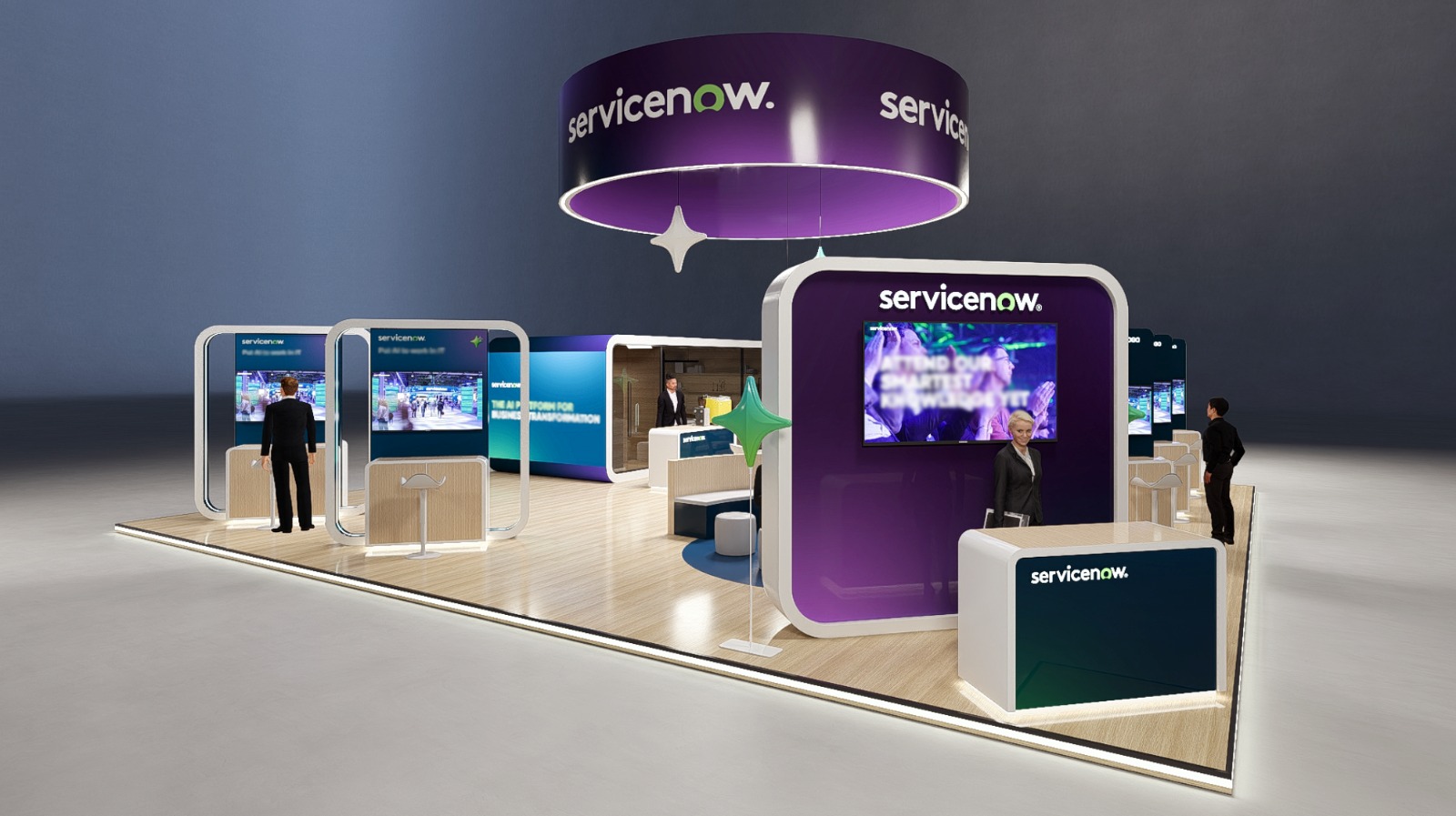Exclusive: Edge AI Cameras Transform Security with Faster, Smarter Real-Time Decisions

In a recent conversation with Tertius Wolfaardt, Architecture & Engineering Manager – Middle East at Axis Communications, the evolving role of edge AI in surveillance and facility monitoring came into sharp focus. Wolfaardt explained how combining AI with edge computing is enabling security operators to act faster, make smarter decisions, and reduce infrastructure burdens. His insights reflect a broader shift: industries are entering a post-cloud world where speed, efficiency, and accuracy matter as much as scale.
by Kasun Illankoon, Editor in Chief at Tech Revolt
For years, cloud computing has been the engine of artificial intelligence. Data from cameras and sensors was sent to remote servers, processed, and returned as insights. But this model is increasingly unsustainable for industries that require immediacy, such as public safety, critical infrastructure, and retail. Bandwidth, latency, and storage costs are creating friction. As a result, edge AI—where devices carry out their own computations—is reshaping how security systems operate.
Smarter Cameras, Smarter Insights
Axis has been at the forefront of this transformation by embedding intelligence directly into its devices. Wolfaardt explained: “Combining edge computing and artificial intelligence (AI) offers tangible benefits for the physical security and network surveillance fields. The result is a new generation of security devices that are capable of carrying out their own computations.”
At the heart of this innovation is Axis’s ARTPEC-9, its latest system-on-chip. The chip integrates deep learning and advanced AI analytics into cameras, enabling expanded object detection and richer data insights. “ARTPEC-9 increases the camera’s accuracy by recognising and distinguishing between more object classes,” Wolfaardt noted. “This means operators spend less time analysing footage and data and can instead rely on accurate insights, which enable faster response times.”
For operators tasked with monitoring hundreds of feeds, the implications are significant. Instead of drowning in raw footage, they can act quickly on precise, filtered information.
Edge vs Cloud: A Hybrid Approach
One of the central debates in AI deployment is where intelligence should reside. While the cloud offers scalability, it is not always practical for environments with thousands of connected devices. Wolfaardt stressed that a hybrid approach is essential.
“Processing data at the edge means that quality, relevant data has to be sent across the network to cloud and on-premises servers. This reduces the burden on bandwidth and storage requirements, which is especially important in the case of large-scale deployments,” he said.
In this way, edge AI does not eliminate the cloud but rather complements it. Devices can perform pre-processing on site, filtering out irrelevant information, while still feeding metadata into server-based analytics for deeper insights. This balance enables organisations to gain actionable intelligence without overwhelming infrastructure.
As Wolfaardt put it, “Companies have a mechanism with which to tap greater business intelligence and operational efficiency, making their digital infrastructure more fit-for-purpose and trimming the fat that comes in the age of data-driven business and decision-making.”
Real-Time Responses in High-Traffic Environments
The value of edge AI becomes most visible in time-sensitive environments such as retail centres and public spaces. Axis’s Object Analytics suite allows site operators to detect, classify, track, and count people and vehicles directly on the camera. This creates opportunities for smarter incident management and operational planning.
“Operators can find objects of interest in a defined area and trigger an event when they enter and track how long they stay in the area,” Wolfaardt explained. “They can also set up virtual tripwires to trigger events when someone crosses the line or count the number of objects, setting up events for either scenario.”
The impact of this technology is best illustrated by the V&A Waterfront in Cape Town, South Africa—a 138-hectare mixed-use precinct welcoming nearly 24 million visitors annually. Axis solutions are deployed there to track visitor movement, identify abnormal behaviour, and monitor vehicles involved in security incidents. The precinct now operates with a proactive security posture, leveraging real-time edge processing to maintain safety across a complex, high-traffic environment.
Shaping the Future of Security and Business Intelligence
The adoption of edge AI in surveillance extends beyond safety. By generating rich metadata on human and vehicle movements, businesses can gain insights that improve operations, optimise staffing, and enhance customer experiences. For example, retailers can better understand footfall patterns, while city planners can evaluate traffic flow in urban environments.
Wolfaardt emphasised that edge AI’s hybrid future will shape more than security: “The hybrid approach of combining the capabilities of edge AI on cameras and the cloud is gaining traction among Axis end customers, and we expect it to continue shaping the future of AI in security, business intelligence and operational efficiency.”
This dual role—protecting people while creating operational value—marks a significant evolution in how surveillance technology is viewed. It is no longer just about recording events after they happen, but about enabling decisions that prevent incidents and optimise operations in real-time.
Beyond the Cloud
The rise of edge AI does not spell the end of cloud computing. Instead, it highlights the limits of a cloud-only approach in industries where immediacy, scale, and cost control are paramount. A post-cloud world will be defined by balance: the cloud for centralised learning and long-term insights, the edge for instant, localised intelligence.
Axis’s experience shows how this balance can be achieved. By embedding intelligence into cameras, operators reduce latency, control costs, and respond faster to evolving threats. At the same time, they retain the power of cloud-based analytics for strategic planning.
In redefining real-time decisions, edge AI is reshaping not only how surveillance systems protect people but also how organisations extract value from their environments. For industries navigating the post-cloud world, the lesson is clear: intelligence must be as close as possible to the point of action.








